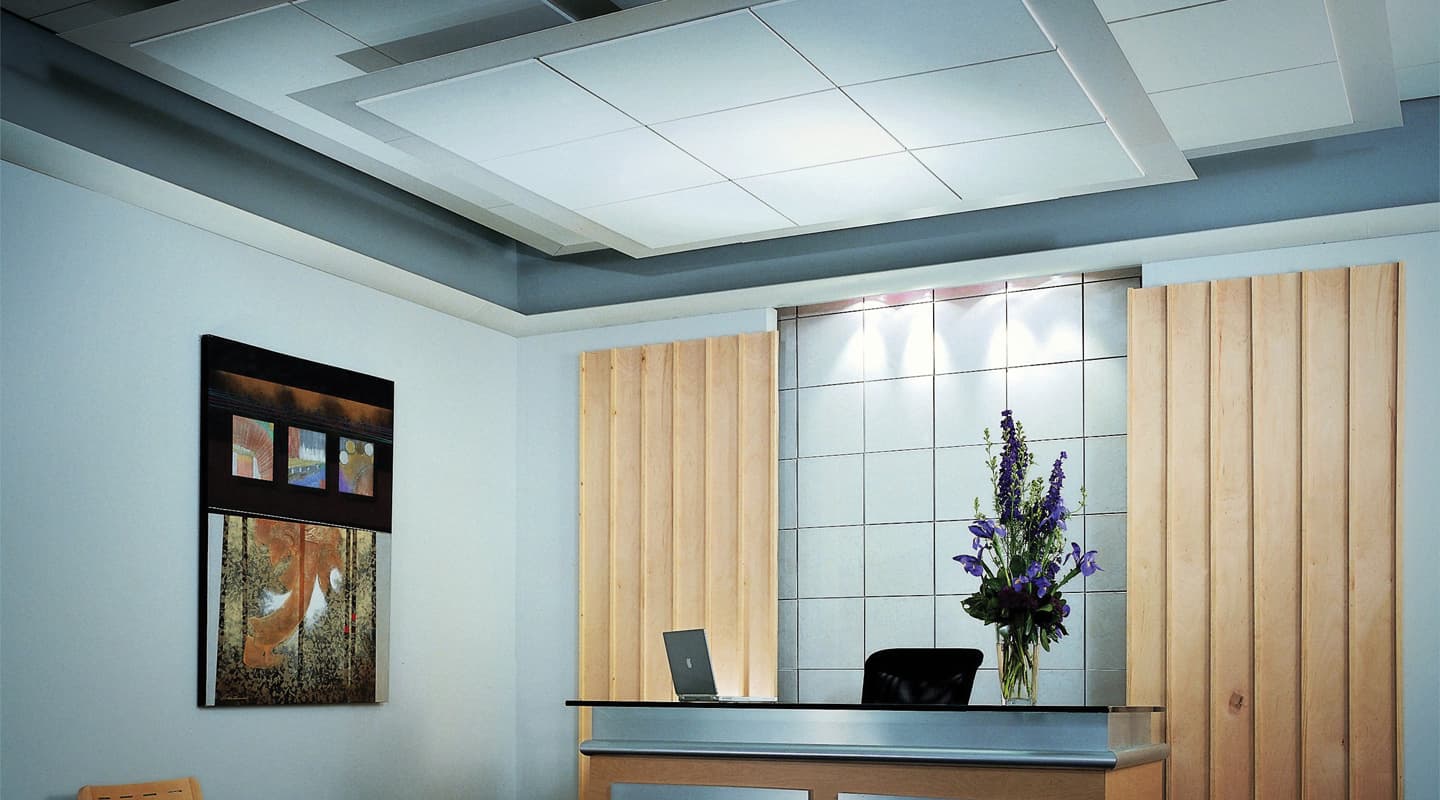
Acoustic Absorption
A basic understanding of why and how sound gets absorbed and a few practical hints go a long way.
Text:/ Andrew Steel
We’ve all heard stories and jokes about egg cartons on the walls of recording studios and they’re told as ‘back in the day’ tales, as if no such hair-brained silliness would happen today. The fact is, though, that a large number of materials are wrongly applied in an attempt to solve acoustical problems, and a lot of money is wasted and problems not solved. For some unknown reason, acoustics is one of those things that people seem happy to tackle with intuition, when in fact it is a complex branch of physics that even experienced professionals still have to work hard at to get right. What seems like a good idea is very often not. In this article I won’t try to make acoustics experts out of anyone, but we will cover enough of the basics to make it possible for good decisions to be made when solving acoustics problems.
Before we try to understand what is and isn’t good to put on the walls [step away from from those egg cartons, and back away slowly — Ed.], we should have some idea of why we are putting anything there at all. All sorts of acoustic effects happen when sound meets walls, floors, ceilings and other surfaces in its path. Things like flutter, slap, echoes and comb filtering. When we put something on the walls, the acoustic characteristics of the room, like reverberation time and speech intelligibility, are altered for better or worse. Most often, such efforts in boardrooms, auditoria, theatres etc, make the sound worse rather than better. The question is then, how do we minimise or remove these unwanted effects?
FREE FIELD
Let’s start with an easy example: outdoors. In this case, there are no reflections to cause a problem. This is more than just a nice place to start explaining but actually how the acoustic absorption coefficient α is defined – an absorption coefficient of 1.0 is the same as an open window, i.e. sound hitting it does not reflect back at all. This means that nothing can have an α of more than 1 and how much materials absorb is between 0 and 1. Absorption coefficient is used in an overall sense when the term Noise Reduction Coefficient (NRC) is used. NRC is the average of ‘absorption coefficient over frequency’. The chart below (Fig. 1) shows a typical example of how the coefficient of a material varies with frequency.
One thing to be aware of here is that air itself also absorbs sound, and just as in the above example, absorbs more sound at higher frequencies (although the amount it absorbs is much less than in the example). In fact, most of the materials we commonly deal with absorb more at higher frequencies. This is due to the nature of the absorption mechanism and it is what causes many of the problems.
In a room with carpet, curtains, soft furnishings and a few people, the high frequencies get absorbed quite dramatically while low and mid frequencies are left to reverberate to their hearts’ content. This is why rooms commonly get that boomy or chesty sound to them and people feel uncomfortable talking in them.
AIR APPARENT
So let’s look at how sound travels through air. Sound waves are a series of elastic collisions between air molecules. In the same way as billiard balls bounce off of each other and transfer energy as they go, air molecules are caused to bounce each other along en masse, when a source such as a speaker excites them. The speaker moves in and out causing the nearest molecules to be pushed away and then sucked backwards. These in turn hit the next nearest molecules and ‘bounce’ them on. It is interesting to note that generally the molecules themselves do not travel across the room but rather bounce back and forth in their own local region.
Have a look at Fig. 2 below, which shows a couple of very important concepts.
The first thing to notice is how the resulting graph of pressure relative to distance is a sine wave. All sound is composed of such sine waves in different combinations. For our purposes it is sufficient to remember what a sine wave looks like — the one above is for one single frequency. The other thing to remember is that where the molecules are bunched together, the pressure is high and the velocity (speed) is low, and where they are sparse, the pressure is low but the velocity is high (pressure and velocity are 90 degrees out of phase with each other). It is a bit like putting your finger over the end of a hose — when it blocks the hose the pressure is high and velocity is zero, then when the finger is removed, the velocity is high and the pressure (on your finger) is zero. These two concepts are important if we are to understand how sound propagates and interacts with a room.

The graph and table shows how a material’s sound absorption coefficients change with frequency, resulting in an average Noise Reduction Coefficient (NRC).
A sound wave: where the molecules are bunched together the pressure is high and the velocity low, and vice versa.
PORE BOX
This gives us a clue to how most ‘porous’ sound absorption works. Materials like, fabrics, acoustic foams and insulation batts have networks of interconnected pores through which the sound travels. ‘Viscous losses’ during this journey turn the acoustic energy into heat. We can straight away understand then that ‘porous’ materials will work best in a high velocity part of the sound wave, because at a high pressure region, air molecules aren’t travelling through the medium to create any losses.
This is quite a sticky problem, because most of these types of materials are placed on a wall or a floor where no matter what phase the sound wave is in, the pressure is high and the velocity is low – i.e. the molecules hit the wall and stop. The best we can hope for is to get our absorbing material off the wall at least 90 degrees or a quarter wavelength where there will be a velocity maximum. This is easy for high frequencies as quarter-wavelength is quite short e.g. at 5kHz it is about 17mm. Now it is much more apparent why all of these ‘thin’ materials placed near room surfaces are absorbing all the highs and nothing else.
THICK AS
So the first step in getting a more balanced absorption in the room is to get thicker materials, or to place them away from the room surfaces as much as possible. Interestingly, thicker materials sort of waste the material near the wall because the air molecules are not moving much through that part. Standing panels or acoustic foam off the wall on brackets or spacers is the way to go. Curtains and the mesh-type blinds like those used in boardrooms benefit greatly if they can be hung 100mm or more away from the glass.
Getting absorbers thick enough to go right down to 100Hz would be totally impractical (a quarter-wavelength is about 860mm). Fortunately there are a few well known, but poorly understood, effects that we can take advantage of at low frequency. Absorbers placed across the room corners work very well and are commonly termed ‘bass traps’ for this reason.
It is also possible to use a different mechanism — resonance — to get low frequency absorption. In this case you use a cavity behind a panel or the mass of air in a hole and get it to resonate at the frequency you want, damp it with some insulation and voilà! It’s not quite that easy, though, and the calculations and construction needed to get it right are uneconomical. Also, they rarely resonate as designed and either don’t span a useful range or if they do, they have a very low absorption coefficient.
IF YOU ONLY READ ONE PARAGRAPH…
When looking at solving room acoustics problems with absorption then, it’s a matter of balance. Don’t use too many things that are only useful at high frequencies. Get as much depth or distance from room surfaces as you can and treat the low and mid frequencies with broadband bass traps.


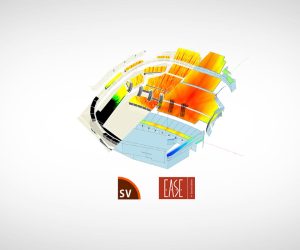

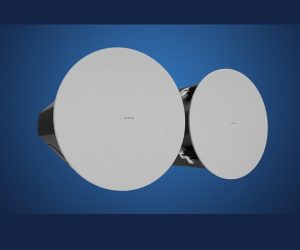

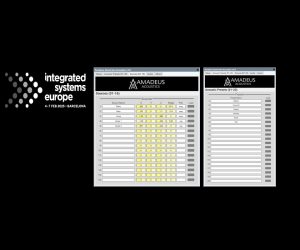




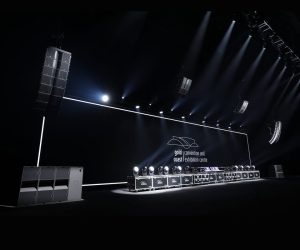
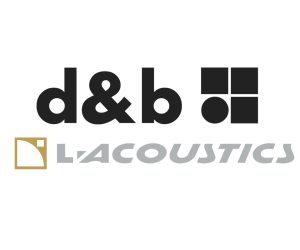


RESPONSES